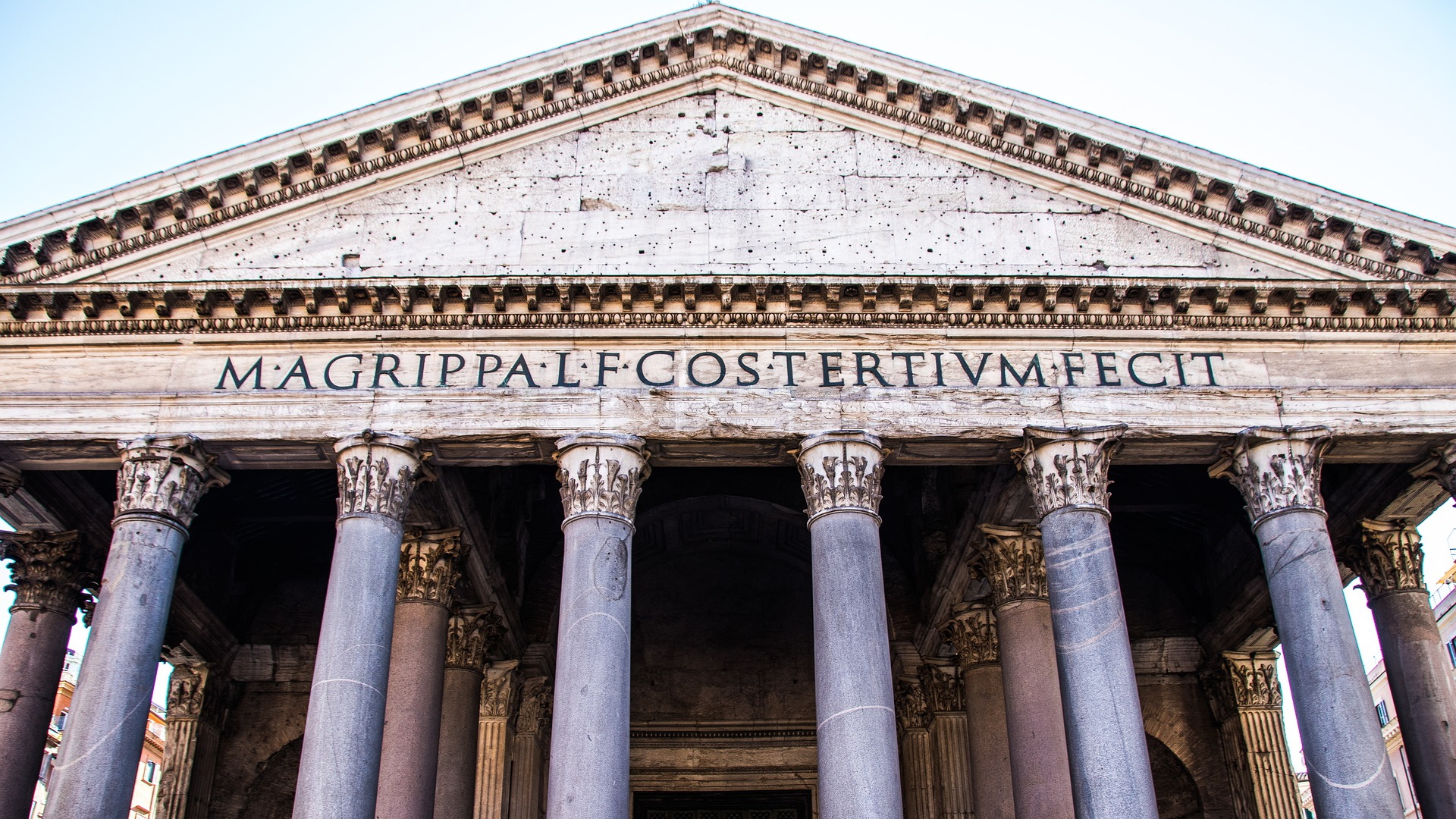
The lively and charming Rione Pigna houses one of Rome's main tourist attractions, jewel of ancient Rome, the Pantheon, " The most beautiful remnant of Roman antiquity. A temple that has suffered so little that it appears to us as the Romans must have seen it in their time ”, as Stendhal writes in his Walks in Rome.
A beloved destination for Romans and tourists, this remarkable monument houses, in addition to the tomb of Raffaello Sanzio, who rests here since the year of his death (1520), also that of the painter Annibale Carracci, the architect Baldassarre Peruzzi, the musician Arcangelo Corelli, and the tombs of the two first kings of Italy, Vittorio Emanuele II and his son Umberto I. Between the 18th and 19th centuries, many artists wanted to have their marble bust placed next to to the tomb of Urbinate: a big scandal. In 1834, their vanity, albeit posthumous, forced Pope Leo XII to remove them all. They were taken to Palazzo Senatorio in Campidoglio and placed in the Sala della Protomoteca, created for the occasion.
Among the most celebrated monuments, archaeological sites, and buildings of worship in the rione, are Palazzo Bonaparte, home of Maria Letizia Ramolino, mother of the French Emperor Napoleon Bonaparte, Palazzo Doria-Pamphili, which houses the magnificent Doria Pamphilj Gallery with paintings by Raphael, Titian, Domenichino, Parmigianino, and Caravaggio, Palazzo Venezia, the seat of the homonymous national museum, Palazzo of San Macuto, a 16th-century building that stands on the remains of the Temple of Minerva and the Egyptian temple dedicated to Isis, the Church of Jesus, the work of Jacopo Barozzi da Vignola, Giacomo Della Porta, and Michelangelo Buonarroti, the Pulcin della Minerva, a delightful and at the same time controversial work by Bernini in Piazza della Minerva, and the Church of Sant'Ignazio di Loyola in Campo Marzio, with the stupendous perspective frescoes by Andrea Pozzo.
Dedicated to the founder of the Society of Jesus, Sant’Ignazio da Loyola in Campo Marzio is one of the most famous churches in the district and, as we said, hosts two spectacular optical illusions by Andrea Pozzo. One is the large fresco on the vault, The Glory of Saint Ignatius, which transmits the feeling of infinite space and the illusion of a second three-dimensional church through a game of perspective. The other one is on the main altar: if you stop at a specific point on the floor, a dome seems to rise imposingly, but the ceiling is flat and, said dome, with the high drum supported by columns, is painted on a 13-meter canvas with the trompe l'oeil technique.
Borders: Via del Seminario, Piazza Sant'Ignazio, Via del Caravita, Via del Corso and Piazza San Marcello, Piazza Venezia, Via San Marco, Via delle Botteghe Oscure, Via Florida, Via della Torre Argentina, Piazza Santa Chiara, Via della Rotonda, Piazza della Rotonda.
The rione coat of arms is a gold pinecone on a red background. A gigantic bronze sculpture in the shape of a pinecone was found here. It is now preserved in the homonymous courtyard of the Vatican. Even Dante refers to it in the Inferno when he quotes Nembrot: "His face seemed to me as long and big as the pine of St. Peter in Rome.".
The Pantheon
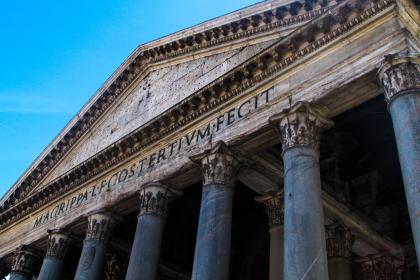
 Condividi
Condividi
Palazzo Bonaparte
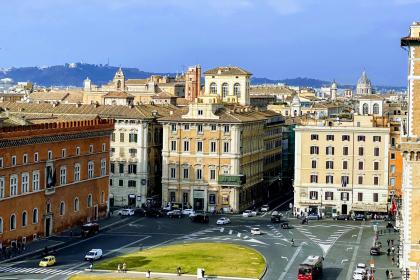
 Condividi
Condividi
The Doria-Pamphilj Gallery
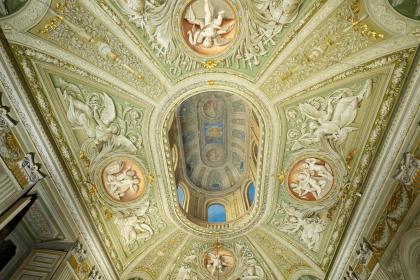
 Condividi
Condividi
Museo Nazionale di Palazzo Venezia
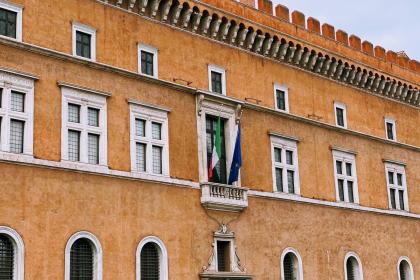
 Condividi
Condividi
San Macuto Palace
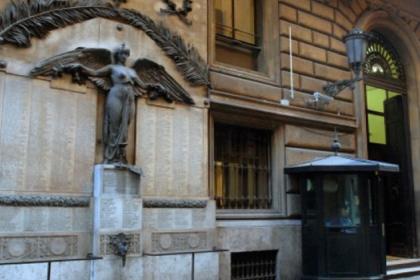
 Condividi
Condividi
The Church of Jesus
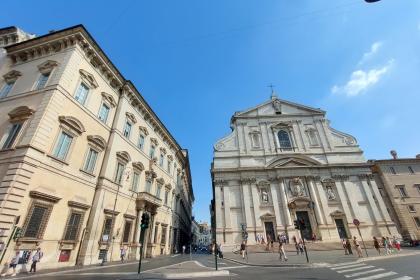
 Condividi
Condividi
Piazza della Minerva
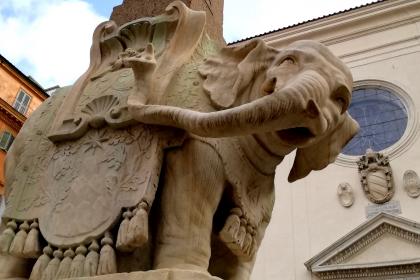
 Condividi
Condividi
The Church of St. Ignatius of Loyola
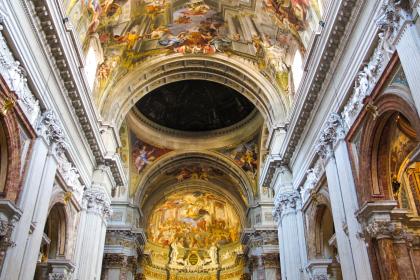
 Condividi
Condividi











































